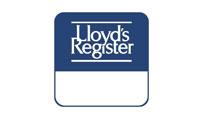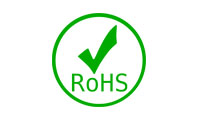Technical Applications: Marine Engine Mounts
AV Industrial Products specialise in providing marine engine mounts and rubber anti vibration mountings for Marine Propulsion engines, Marine Generator sets & Marine Auxiliary Engines and equipment.

Marine Engine Mounts are specially designed to de-couple the vibration of the engine from the hull of the vessel, reducing noise and vibration in the boat, greatly increasing passenger comfort, and reducing ‘wear & tear’ on bearings, gearboxes and the hulls’ structure. Rubber is the most versatile material for Marine mountings as the stiffness in its 3 axis can be different, so as to accommodate the different requirements of the boat.
Click here for Marine Engine Mount product specifications.
Background;
Marine Diesel Engines first became popular in the early 1900’s, following the major expansion of oil & gasoline production in the 1850’s. Prior to that, there had been various prototype IC engines, including a dust controlled explosive engine which powered a boat on the river Saone in 1807, and in 1827 Samuel Brown Patented an ICE that ran a small Boat on the river Thames.
Today, the diesel engine comes in many shapes and sizes, ranging from the 1-, 2- & 3-cylinder with cast Iron cylinder blocks, still a favourite for canal Barges, up to the punchy high speed 600 +hp high speed light weight multi cylinder engines used in Pleasure Yachts, Fishing boats and high speed launch craft.
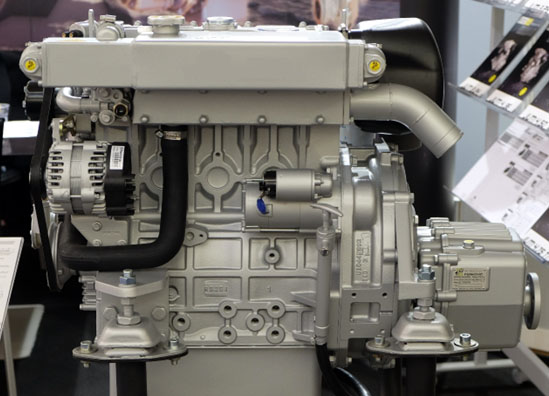
Technical Considerations for Marine Engine Mounts
Firstly, Marine Engine Mountings must isolate the out of balance forces of the engine. These forces translate into vibration and are caused by the reciprocating masses of the piston and connecting rods, and the gas fluctuations of the fuel ignition which causes variations in torsional vibrations. The magnitude and Order of these forces (Order is the multiple of the primary running speed), will depend on the engine’s configuration i.e., the number of cylinders and the firing sequence, and if the engine is 2 or 4 stroke.
In addition, the marine mountings may need to accommodate the propeller thrust, if no thrust block is fitted to the boat. Thrust is the force that pushes the hull through the water via the rubber mountings which attach the engine and gearbox to the boats structure.
The mountings must also accommodate external movements, such as sea-way motion causing the boat to ‘Roll & Pitch’. The marine engine mounts must control the engine when it starts to Keel during sea roll and restrain the movement at the engines external connections, such as the exhaust bellows and drive coupling, to prevent them becoming overstrained.
The mounting of a standard pleasure Yacht or fishing boat would often be designed to perform at nominally 20 degrees roll & 10 degrees pitch and remain fail safe and still operate above these figures. (High speed patrol launches are designed to take on a staggering 30 degrees roll!)
The mounting must also perform & dampen the vibration if the vessel is operated with a permanent list and heels to either port or starboard.
It’s most important that the Marine Engine Mounts are fail safe. AV Industrial Products have developed a range of Silent Marine mountings covering a range of 20Kg to 3000Kg per mounting. The mountings are extremely robust, give high vibration isolation and have been appraised and approved by the Marine Engineers at the Lloyds Register of Shipping.
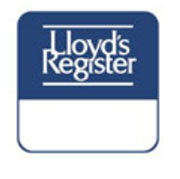
Considerations for the design of Boat & Yacht Engine Mounts
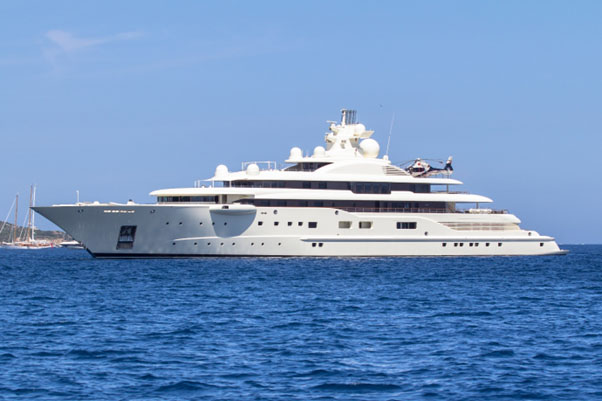
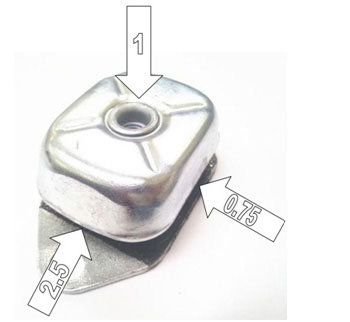
To ensure a smooth and comfortable ride it’s important that the natural frequencies of the engine and gearbox’s 6 degrees of freedom; 3 translational and 3 rotational frequencies, do not coincide with the running speed – known as the disturbing frequency – and any resonances are avoided. AV Industrial Products can model these frequencies using computer software and predict any potential problems. For large vessels we also check that the 6 natural frequencies do not coincide with half order (half running speed) disturbing forces which are caused by a misfire or a cylinder out condition, as the boat still needs to be operated.
In the below diagram of our Silent Marine AV mounting, it shows how the design of our mounting is ideal to absorb the force generated by a propeller shaft in the water. The force from the propeller (thrust) should be applied to the longitudinal (2.5) direction.
When the mountings axis of maximum flexibility (0.75) is aligned at 90° to the crankshaft and the direction of maximum stiffness is aligned with the propeller, the Silent Marine anti vibration mounts can offer optimum vibration isolation, while accommodating thrust from the propeller.
It is important to help maintain a well-functioning, healthy rubber vibration mount because poor or worn-out rubber mountings can cause a multitude of problems. Bearings can become rapidly worn out, gearboxes worn, and support bearers to loosen or even transmission failure.
The Silent Marine mountings are manufactured from High Performance Rubber and Mild Steel plates that comes as standard with Clear Zinc Plating to prevent rusting; where extra corrosion protection is required, i.e. equipment is exposed to sea spray or is externally mounted on off-shore rigs and platforms, AV Industrial Products, Silent Marine Mountings can be supplied in Stainless Steel.
The Marine Mounts have an internal overload stop which prevents the mountings from failing and also controls excessive movement of the engine.
A special grade steel height adjusting stud can also be supplied, which allows the engine and gearbox to be aligned with the drive shaft, without fear of the bolts bending if the steel is too soft or shearing if the steel is too brittle. Refer to Silent Marine ‘Fitting Instructions’

As a guide to selecting the best type of marine engine mount for your engine, you need to consider:
New Installations:
- The make/model of engine.
- Vessel Type or Hull design i.e. Tug barge or Speed motor yacht
- Design of propellor drive line i.e. thrust block, flexible coupling etc
Replacement Mountings
If conditions permit, mark-up and return the front and rear mounting to AV Industrial Products Technical department who will be able to Test and spec up the new replacements. (This service is only offered by AV Industrial Products – Silent Marine Mountings)
If the above is not possible then please provide:
- The number of engine mountings and gearbox mounts required.
- The number of cylinders it contains.
- The mass of the engine and gearbox.
- The weight distribution and thrust applied to the mounting.
Tips
To check the loading on the front and Rear gearbox mountings, try balancing the engine and gear box assembly on a scaffolding pole then measure distance from the front and rear mounting brackets to the centre of the pole. By calculating the turning moments AV Industrial Products can establish the loads on the front and rear mounts.
If this is not practicable, a good ‘rule of Thumb’ is the gearbox – rear engine mounts will probably be taking double the load of the front engine mounts. – but check carefully!
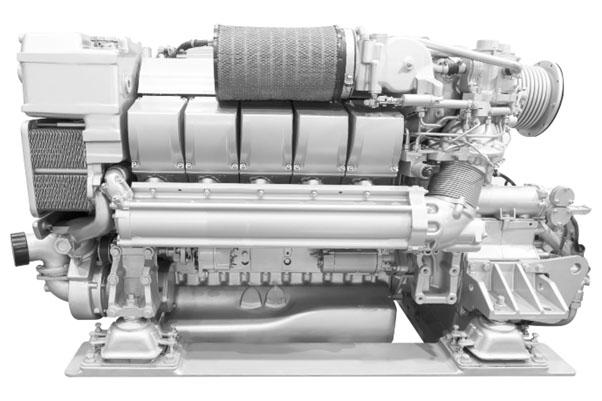
Other Marine Mounting arrangements
Where vibration is not just about comfort, but is critical in protecting the safety of the vessel, such as naval warships, its ‘Vibration Signature’ must be kept to a minimum. The main propulsion engines and other rotating equipment such as generators etc use a double mounts system where the equipment is flexibly mounted onto a machine raft, then a second set of Marine AV mounts are fitted below the raft onto the hull.
This system is known as a 2-mass system and has 12 degrees of freedom. It will incorporate ‘Rake and Ram buffer’ and deceleration buffer to control and protect the equipment under shock loads.
If you would like any more information about our wide range Marine Engine Mounts and anti-vibration mountings and assistance with which type would be most suitable for your application, please contact one of our highly trained and experienced engineers on +44 (0116) 246 1261 or email us on mail@avindustialproducts.co.uk or visit on www.avindustrialproducts.co.uk or www.vibration-mounts.co.uk



